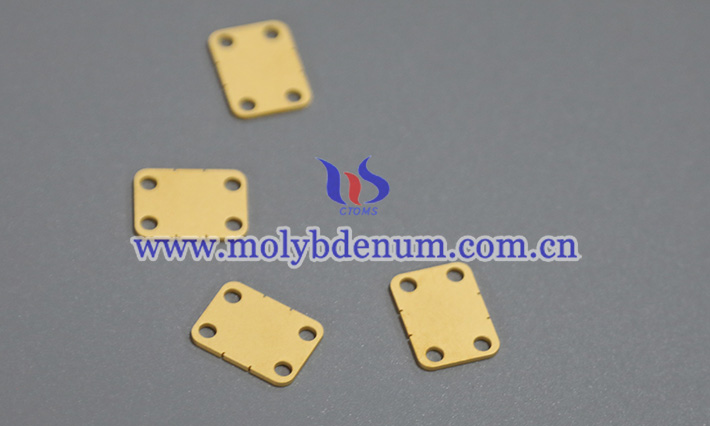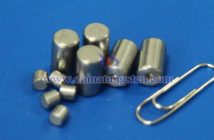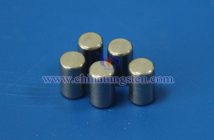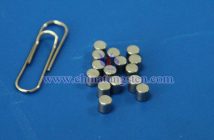Molybdenum-copper alloy is a metal composite material with high thermal conductivity and low coefficient of thermal expansion, which is widely used in electronic packaging, heat sink materials and high-temperature structural parts. However, due to the large physical and chemical differences between molybdenum and copper, there are certain limitations in the mechanical properties of this type of alloy, such as low flexural strength and insufficient fracture toughness. Therefore, how to optimize the mechanical properties of molybdenum and copper has become an important topic in materials engineering technology.
First of all, optimizing the alloy composition design is one of the basic strategies to improve mechanical properties. As a metal with a high melting point, the strengthening mechanism of molybdenum mainly depends on grain refinement and diffusion strengthening. Copper, on the other hand, mainly gives the material good thermal conductivity and certain plasticity. Appropriately adjusting the ratio of molybdenum to copper, such as controlling the molybdenum content between 65%~75%, can help to balance strength and processability. In addition, under the premise of ensuring thermal conductivity, the appropriate introduction of trace elements such as Ni, Fe, Ti, etc., can enhance the matrix structure and improve the tensile strength and toughness by forming solid solutions or fine second-phase particles.
Secondly, improving the preparation process of the alloy is also a key factor in improving the mechanical properties. At present, molybdenum copper is mostly prepared by powder metallurgy methods, including process steps such as powder mixing, pressing, sintering and liquid phase copper permeability. In terms of powder selection, molybdenum powder and copper powder with high purity, spherical shape and reasonable particle size distribution are used to improve the density and structural uniformity of the green body. In the sintering process, it is an effective means to improve the strength and ductility of materials by optimizing the heating rate and holding time to ensure the integrity of the molybdenum skeleton structure and avoid the occurrence of porosity and grain boundary defects.

Controlling the temperature and time of copper infiltration (generally between 1150°C~1300°C) is helpful for the uniform distribution of copper in the molybdenum skeleton, thereby enhancing the interfacial adhesion and preventing interfacial brittle fracture. In addition, in order to avoid thermal stress and cracks due to rapid cooling, slow cooling or isothermal cooling is recommended.
Third, follow-up processing technology should not be ignored. Hot isostatic pressing (HIP) treatment of sintered molybdenum copper can significantly improve the compactness and microstructure uniformity of the material, thereby improving the flexural strength and fatigue life. In addition, the surface of the alloy can be strengthened by machining, surface grinding, shot peening, etc., which can also improve its surface crack resistance and wear resistance.
Finally, microstructure control and interface engineering are the advanced directions for optimizing the mechanical properties of molybdenum-copper alloys in the future. By adjusting the grain size and orientation of the molybdenum framework, and designing the penetration path and distribution mode of copper in the molybdenum framework, the crack initiation and propagation at the stress concentration can be effectively slowed down. At the same time, the use of nanocomposite technology or gradient functional structure can further improve the overall structural stability and mechanical properties of the alloy.




